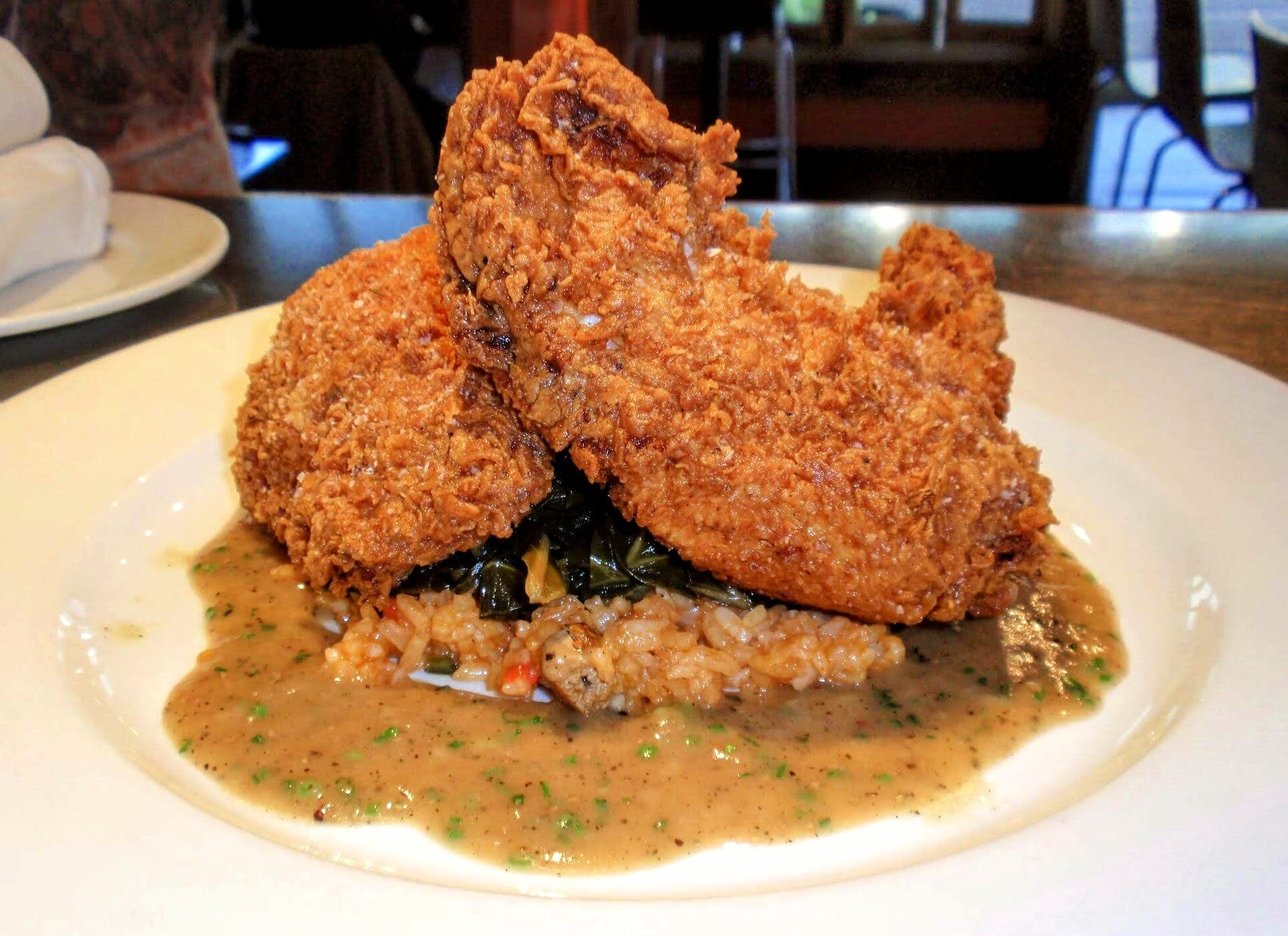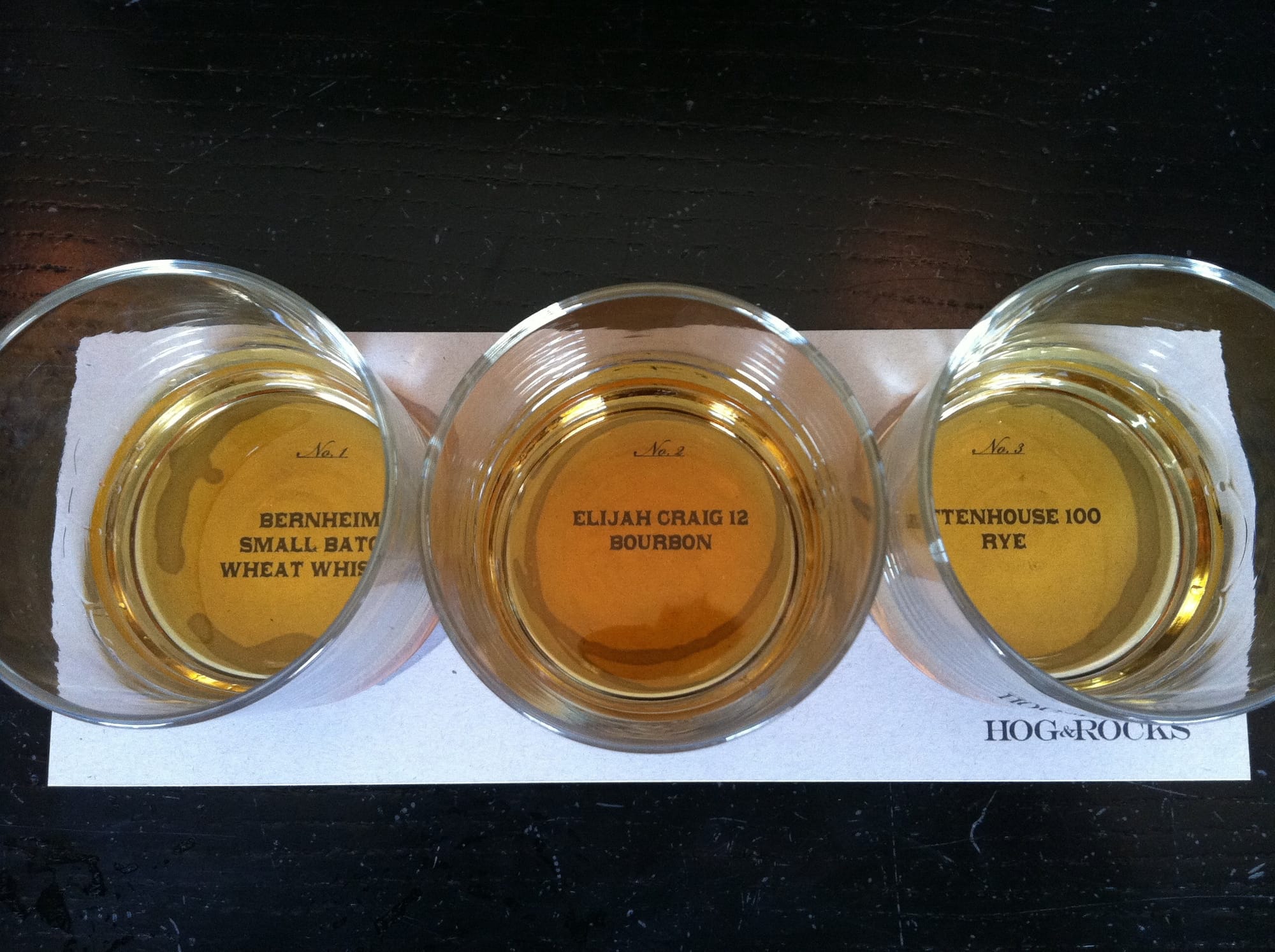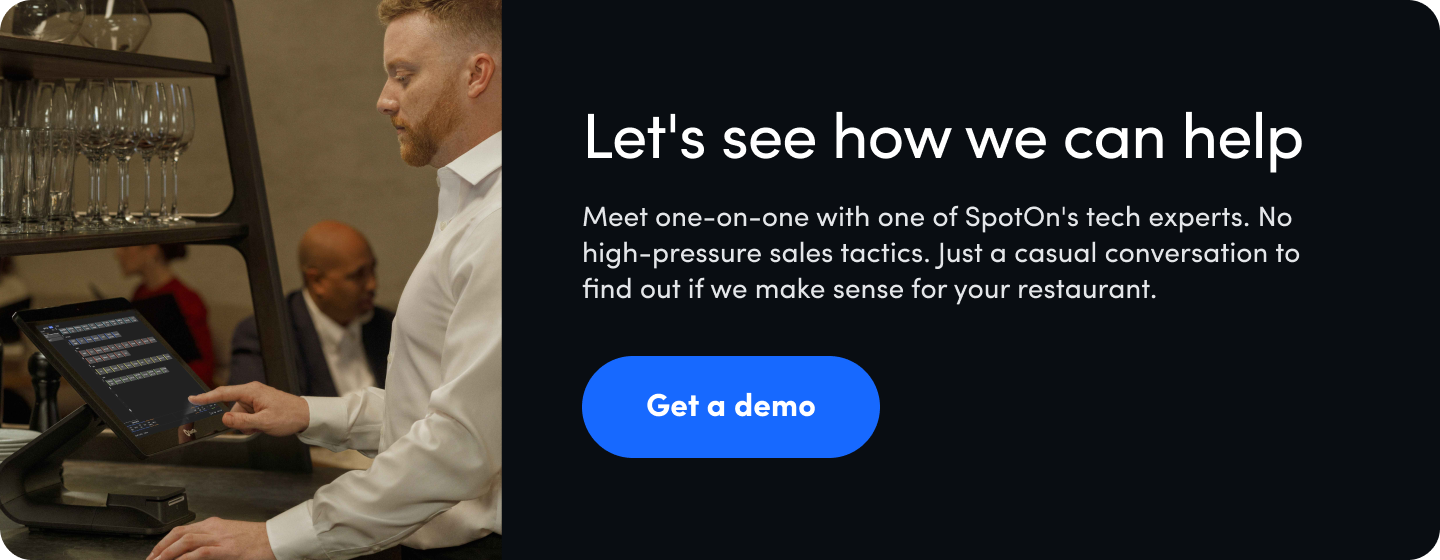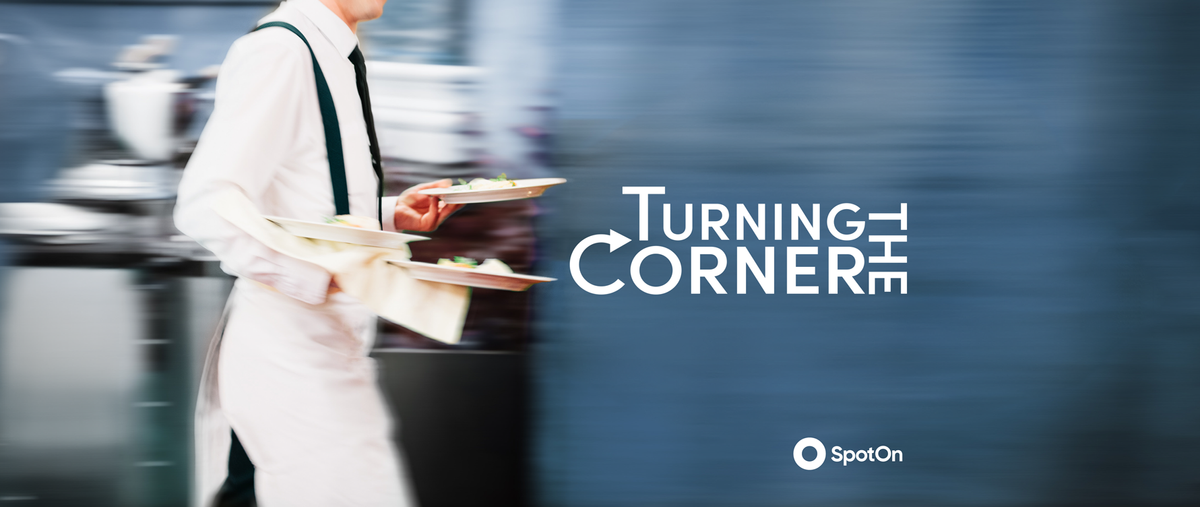Making money in the restaurant industry is damn hard to do. Let’s not sugarcoat it. From credit card scams to employees who steal from you to unscrupulous vendors who charge you $100 for a broomstick—it’s a tough business, especially if you’re new to restaurants or running a restaurant on your own. No one should do it unless you’re prepared for battle every day.
And preparing for battle requires lots of capital, thick skin, and a passion for hospitality. The latter is what attracts people to the restaurant industry and keeps many restaurant owners going. The joy of sourcing great ingredients, preparing unique dishes, and serving guests is what makes owning a restaurant so different from any other small business.
If you’re doing it right, you make magic every night. But, serving your guests in the dining room may not be enough to keep the lights on. The most profitable restaurants rely on multiple revenue streams. They’re not afraid to be creative by offering different experiences. Plus, they know how to market them and attract customers.
Eight months after the opening of my first restaurant, Maverick, business began to slow down. The new restaurant buzz was wearing off, and we had to start exploring new ways to get potential customers excited about Maverick again. We sent monthly email newsletters to existing customers, ran weekend brunch specials, and started offering new menus. Getting our name out there and competing for new customers in a tight market was challenging, but we were confident we could make it happen.
However, we started to realize that it wasn’t enough. We found alternative methods to boost revenue and reach profitability. Here are some ways to increase restaurant sales and make more money in the restaurant business.
1. Diversify ordering offerings
Our barbecue concept, Hi Lo BBQ, didn’t hit the sales numbers we projected after the first six months. Our attempts at increasing restaurant sales through dine-in offerings failed, so we looked into diversifying our offerings with delivery service.
Luckily, barbecue travels well in small boxes or large catering platters, so we partnered with a third-party delivery company and catering platform to expand our reach and increase food sales through online ordering.
Catering company lunches and take-out and delivery orders through Caviar (acquired by DoorDash in 2019) quickly became 20% of our restaurant sales and added an additional 12% in total revenue. Despite the marketing fees, we saw a positive jump in profits by increasing our kitchen’s output and decreasing our overall food cost percentage from ordering in greater volume.
Focus on tactics that can move orders from commission-based online ordering to commission-free first-party online ordering. If you're not converting third-party online ordering delivery customers into direct online ordering customers, you're leaving money on the table.

2. Experiment with hours and specials
Everyone loves a good happy hour. Chef specials are always popular, too. If you’re not tempting your new and returning customers to come in during early or late hours or pushing your kitchen staff to be creative, you’re missing out on additional revenue and an opportunity to boost sales.
We did everything at all of my restaurants. From $1 oysters at happy hour to bottomless mimosas at brunch to late-night specials on the weekends, we drove in business during off-hours and discounted the items that made us profits and helped attract customers.
While none of our offerings were unusual or unique, our customer base wanted value, and we delivered. When we closed Hog & Rocks in 2018, there were four other restaurants within three blocks serving $1 oysters. No one sold 15,000 per month, though. And, while we only made $0.50 gross profit per oyster, it was the $10 cocktails that contributed $9 of gross profit per drink! There is more to that story, so I’ll save it for another edition.
3. Build partnerships and collaborations
With the increasing costs of opening a new restaurant, there’s been a growing trend over the years to start with a pop-up restaurant event. Young chefs, mixologists, and food and beverage entrepreneurs are now cooking at home, in commissary kitchens, or sharing space with brick-and-mortar restaurants to introduce new concepts and products with lower investment and risk. In many cases, this can be a win-win.
Most of our kitchen prep at Hi Lo BBQ started later in the morning. So when a young baker and friend of mine was looking to sell his goods to corporate offices, he called me for advice and a place to cook. Our kitchen was dormant every day from 11 pm to 11 am, and he needed to have everything delivered by 9 am, so I offered him our space to bake his gluten-free pastries. In return, he paid us monthly rent plus utilities which helped us tremendously since we were in need of extra revenue.
There are other great success stories when restaurants partner with local wineries, breweries, and distilleries. These artisan beverage makers need a place to introduce their new products to consumers. From single-night events, like wine tastings, to collaborations on menu items with brand name placements, the producers will often offer the goods at a reduced price, which helps increase your profits.
Your marketing strategy and efforts are compounded as your new food and beverage partner increases brand visibility through their social media accounts. Collaborations also help increase restaurant sales through traditional and alternative revenue sources.
4. Host special events
Southern Fried Night at Maverick was a massive success. The crispy-fried-everything dinner was held every Tuesday for about 10 months. It proved to be a fantastic opportunity to drive more foot traffic on a traditionally slow night, give our kitchen staff a chance to test new menu items and techniques, and grab media attention.
In fact, Southern Fried Chicken became a staple on the constantly evolving seasonal menu. We created a demand too great to serve only one night per month. And it was so good that it made the “Best of SF” lists for years to follow. Interestingly, an unintended outcome of this special event was that we began to build a reputation for fun and creative menu items. The result was more buzz about the new hot spot in the trendy SF Mission District.
Remember, special events don’t always have to be unique. Creating, planning, and promoting can be difficult for some restaurant owners and operators, so consider events that match your brand, create excitement, and can only be considered if you can execute on a high level. Run a few trials, get feedback from your loyal customers, or test out ones you think you can scale. Not only will they draw more attention to your restaurant on social media and in real life, events will drive more profits than a typical service.

5. Improve traditional service methods
Sometimes, you just have to do better. Whether that means increasing your kitchen efficiency or speeding up service on the floor, improving the traditional methods of service will add revenue (and might help out your labor costs, too).
In today’s restaurant world, that’s most likely going to come from adapting technology. Handheld POS systems, QR codes, or a waitlist and reservation system are excellent ways to improve your restaurant’s efficiency and increase revenue.
We were early adopters of OpenTable at Maverick and utilized as many of its features as possible. From guest notes to pre-assigning tables, we took hospitality to the next level. We knew what guests wanted, and our 38-seat restaurant needed to turn as many times as possible.
Our brunch business was popular because we created a delicious menu. But our revenue grew as we incorporated new technology, bolted onto our traditional exceptional service. It led to more than just happy customers. We saw an increase in restaurant sales by over 20%.
Now, waitlist and reservation systems integrate with the point-of-sale. It improves communication among the staff, notifies guests by SMS when their table is ready, and even allows you to pre-order your drinks and appetizers and have them delivered to your table after being seated. These were features that we could have only dreamed of in the mid-aughts when I opened my first restaurant.
Finally, don’t forget that driving more traffic to your restaurant is typically from repeat business. Customer loyalty programs can incentivize your guests to return, increase average spend per visit, separate yourself from the competition, and collect valuable customer data. We often think of these loyalty programs as only for quick service and fast casual restaurants. However, more full service restaurants are starting to get creative and incorporate a restaurant loyalty program because they can be so effective at increasing revenue.
6. Don’t stop trying
There are many fun and creative ways to increase your revenue at your bar and restaurant. Not every idea will work, so don’t stop trying. Test out new ideas, get feedback from your staff and guests, and aim to find ways to incorporate alternative methods into your business model.
The restaurant business is harder than ever and it’s nearly impossible to make it without additional revenue streams. Find out what works for you and your staff and tell the story through your marketing channels and restaurant website. Word of mouth will spread among potential customers and you might just end up winning more sales (and more customers) in the end.
To increase restaurant sales, it's going to take work
Anyone who has spent time in the restaurant business will tell you just how tough it is to make money. Be wary of people who say something different. Restaurant owners must work hard every day to stay relevant and keep local customers excited about their brand and offerings. The most successful ones experiment with new menu design, hosting public and private events, and collaborating with other creative minds. Successful restaurant owners are never complacent. The time is now—run a new play, elevate your game, and increase sales.
Meet the author

Scott Youkilis is a restaurateur in residence at SpotOn. As a chef and owner, he's opened four award-winning restaurants in San Francisco, including Maverick and Hog & Rocks. Now, he helps restaurant owners everywhere become more profitable with better tech.













